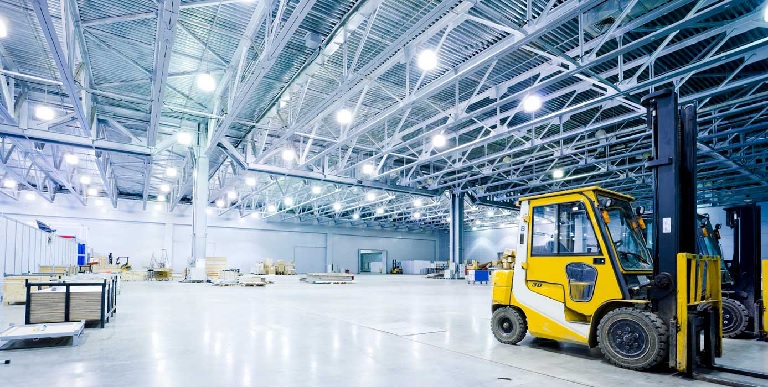 Installing signaling devices in hazardous areas is extremely important. Factories, warehouses, and petrochemical plants are only some of the many industrial sites where serious accidents can occur. That’s precisely why those places need to be equipped with hazard warning systems. Read on to find out what the three most important parts of such a system are.
Installing signaling devices in hazardous areas is extremely important. Factories, warehouses, and petrochemical plants are only some of the many industrial sites where serious accidents can occur. That’s precisely why those places need to be equipped with hazard warning systems. Read on to find out what the three most important parts of such a system are.
Alarm Sounders
Industrial sounders are the backbone of most hazard warning systems. These devices are used to warn of potentially dangerous situations as well as to relay instructions, which is how they promote safety and awareness across many industrial and commercial sectors.
When looking for industrial sounders, a business owner/manager should pay attention to the tone the sounder produces. Continuous tones aren’t suitable for spaces filled with noise of motors, compressors, and steam as they blend into the background very quickly.
Furthermore, the number of alarm tones matters as well. Many electronic sounders can generate up to 64 tones and come with three different alarm stages, meaning there can be a fire, a toxic gas, and a third type of alarm from a single device. Such industrial sounders offer greater functionality and enable business owners/managers to save money on cabling and installation. If you opt for such a sounder for your employees’ workplace, make sure the selected tones are different and can be easily distinguished by your personnel.
Beacons and Status Lights
Rotating mirror beacons are considered to be the most effective light-generating and emergency-signaling devices. They are used mainly for vehicles and moving machinery. Rotating mirror beacons require regular maintenance and are generally not suited to hazardous areas. Xenon strobes, on the other hand, are the preferred choice for critical alarm systems (fire, gas, and PA). LEDs are also very popular as they are long-lasting, energy-efficient, and easy to maintain.
Disaster Sirens
Today, the practice of extending the hazard warning system to cover car parks and storage facilities is a common one. Such industrial sites are equipped with disaster sirens for major emergencies. These devices warn both workers on-site and people who live and work in the neighboring areas.
Many of today’s disaster sirens have battery back-up and come with options for numerous communication methods such as radio control, TCP/IP, and GSM. This means that disaster sirens can be installed and controlled from a distance without significant costs.
Disaster sirens with high output siren sound (for example, 127 dB) can cover large areas (200-300 m depending on the environment), so opting for such sirens is a smart decision.

